Teaching Joint Attention to Children: Evidence-Informed Best Practices
What is Joint Attention?
Joint attention, the ability to share attention with another person towards an object, activity or event, is a crucial skill for social development and learning. For the pupilI work with it is a crucial skill to teach. For some joint attention skills do not develop naturally and needs to be taught directly. We need to show our pupils the value of attending to the planned learning we have devised.
As Special Education (SEN) teachers we can implement evidence-based strategies to effectively teach joint attention. In this post we will talk about some of the most effective techniques. The studies linked in the references section all mention two things we need to be mindful of. Some children will initiate more joint attention activities, others will respond to direction to share attention. Most studies focus on overt signs of attention. Not all pupils we work with will show they are attending to something in a neurotypical way.
How do Children Develop Joint Attention
Butterworth and Jarrett (1991) conducted research on the development of joint attention in infants through interactions with their caregivers. They found that infants go through three stages in the process.
- Ecological stage (6 to 9 months old): Infants in this stage do not have the ability of joint attention. They tend to focus on interesting objects within their field of view, regardless of the direction of the caregiver’s gaze.
- Geometric stage (12 months old): In this stage, infants begin to understand joint attention. They track the direction of the caregiver’s gaze and look at the same object that the caregiver is looking at. However, this gaze-following behavior occurs only when the object is observed within the infant’s field of view.
- Representational stage (18 months old): In the final stage, infants acquire the ability of joint attention. They can turn their attention towards the object that the caregiver is looking at, even if it is outside their initial field of view. They can represent and understand the caregiver’s perspective.
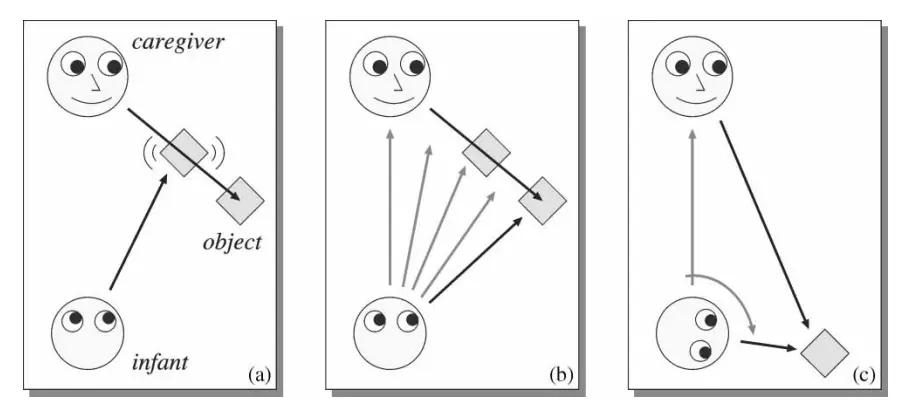
What are the most effective techniques for teaching joint attention?
Focus on motivation.
Use highly motivating toys, objects or activities to capture the student’s interest. Things that make noise, light up or move in surprising ways are particularly good for teaching joint attention. Pair the motivating item with verbal cues like “Look, see!” or “What have I got here?” using the task bag idea. to direct the student’s attention. I think that this kind of activity is much more valuable and legitimate than a twinkl worksheet. Provide positive reinforcement in the pupils preferred style when they engage. Seeing you or a peer play can be more motivating than being told to.
Use prompting.
Physically prompt the student by gently guiding their hand or pointing to turn their attention to the object. Then provide verbal prompts like “Look!” as you point to the object. Slowly fade out the physical prompts over multiple sessions. Prompting, especially when combined with positive reinforcement of joint attention, has been shown to be very effective. If you are interested in physical prompt and ways to use it have a read of our hand-over-hand post.
Model the behavior.
Explicitly model looking back and forth between the object and the student. Model phrases like “Wow, look at that” while pointing between the object and the student. Then prompt the student to do the same. Then you can carry out the action
Repeat and practice.
Provide multiple opportunities for the pupil to practice joint attention with different people, objects and activities. Repeat the motivations, prompts and modelling over many short sessions, rather than a single long session. With regular practice of just 2-3 minutes at a time you can increase the likelihood of the pupil attending to your planned activity. Joint attention should never be forced if they are not interested try again, try something different, try a different time, reduce distractions etc.
What toys and activities are good for teaching joint attention?
- Bubbles – Blowing bubbles is highly engaging and motivating for many children. Bubbles naturally draw attention and eye gaze, making them perfect for teaching joint attention. You can have the child pop the bubbles, chase and catch them, etc.
- Wind-up toys – Toys that move on their own, like wind-up cars, bugs or robots capture attention. Have the child activate the toy by winding it up, then follow its movements together. Say “Look, it’s moving!” to prompt joint attention. Race two or more, let them fall off the table or into water for extra engagement.
- Pop-up toys – Toys like pop-up books, animals or characters that make a popping-up motion. The surprise of the motion will motivate the child to look, giving an opportunity to share attention.
- Rolling toys – Balls, cars or other toys that can be rolled and chased are fun for joint attention. Gently roll the toy to the child, while pointing and saying “Look, here it comes!”. Model looking back and forth from the toy to the child as it rolls.
- Bouncing toys – Similarly, toys that bounce or jump in unpredictable ways are great for drawing visual attention. Softballs, rubber chickens, hopping frogs, etc. Say “Whoa, look at it bounce!” to prompt the child to share attention.
- Shape sorters – Nesting shapes, blocks or shape sorters that require putting the correct shaped object into the corresponding hole. Complete these activities together with the child, while modeling joint attention by looking back and forth between the shapes and the holes. Provide verbal cues like “This triangle goes in here, look!”.
- Puppets – Simple puppets that can act out short scenarios or gestures to songs/fingerplays. Move the puppet hands along with the child while singing a short song like “The Wheels on the Bus”. Model looking back and forth from the puppet to the child. Puppets naturally draw visual engagement.
Simple Joint Attention Activities
- Shared book reading – Sit with the child and read an engaging children’s book together. Point out pictures, make silly voices for characters and prompt the child to look at the book by saying things like “Wow, look at that!” while pointing. Model looking between the book and the child. This helps teach that reading is an interactive, shared activity.
- Peek-a-boo – Play simple games of peek-a-boo by hiding your face behind your hands and saying “Where’s (child’s name)?”. Then reveal your face while saying “Peek-a-boo!”. This surprise and silliness naturally draws the child’s gaze to your face, allowing an opportunity to share a smile and praise their joint attention.
- Gestures and facial expressions – Model exaggerated gestures, facial expressions and sounds to capture the child’s attention. Prompt them to imitate your gestures and sounds. Mirror their gestures and sounds back to them. This back-and-forth sharing of attention through motion and sound is very engaging.
- Pointing – Point out interesting things in the environment, like birds, flowers, vehicles and more. Say the name of the thing while pointing at it, to draw the child’s visual attention. Point in a slightly exaggerated manner at first. Prompt the child to point at the same thing. This helps teach that pointing is a way to share attention with another person. If the pupil isn’t understanding the point go to the thing and look at it then back at the pupil.
- Imitation – Play simple imitation games where you make a motion, sound or facial expression and have the child imitate it. Then imitate the child. Going back and forth, while pointing out instances of joint attention, helps reinforce this key social skill in a fun, engaging way without relying on toys as props.
- Songs and fingerplays – Sing simple songs, nursery rhymes and fingerplays with gestures. Physically prompt the child to do the gestures and motions along with you. This shared engagement in an activity helps teach joint attention.
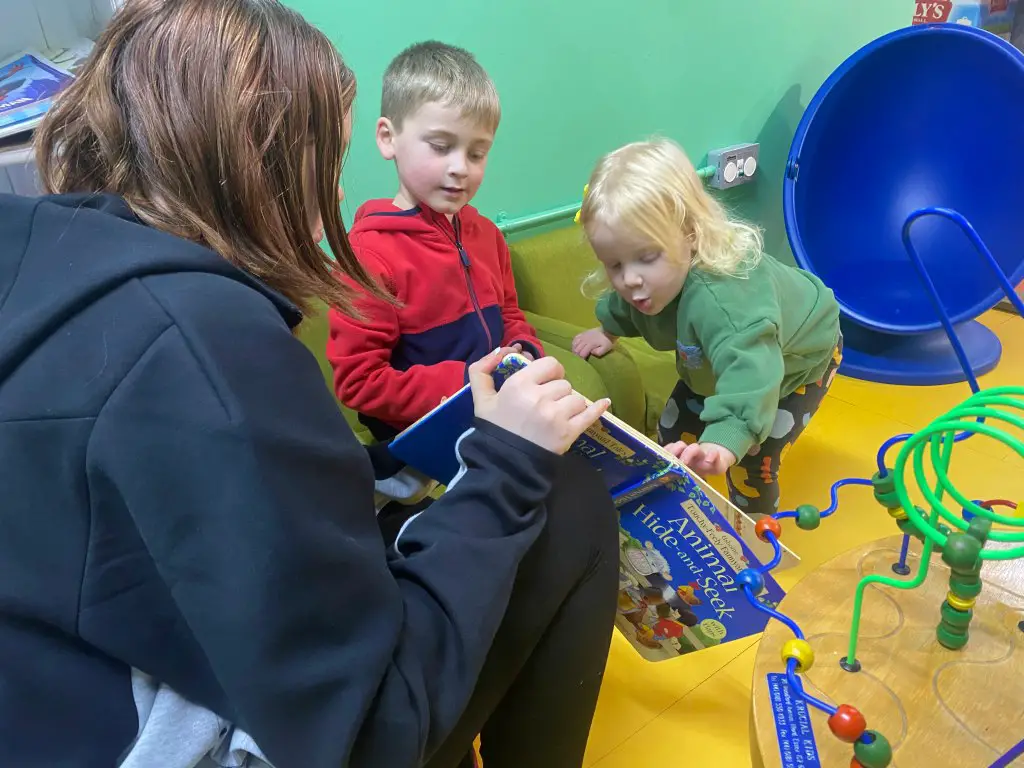
Summary
Sorry I haven’t referenced this post fully. The papers that relate to Joint attention I have used are below. They would suggest that given the growing need in the field of education to identify factors that impact learning for young children, it seems valid to consider joint attention as a potentially important mediating factor in providing optimal attentional learning environments for preschool children. The ability to efficiently attend to both social cues and content being presented is a skill that successful learners exhibit.
References on Joint Attention Activities and Strategies
Akhtar, N., & Gernsbacher, M.A. (2007). Joint Attention and Vocabulary Development: A Critical Look. Language and linguistics compass, 1 3, 195-207 . Accessed Online May 2023
Butterworth, George & Jarrett, Nicholas. (2011). What Minds Have in Common is Space: Spatial Mechanisms Serving Joint Visual Attention in Infancy. British Journal of Developmental Psychology. Accessed Online May 2023
Kaplan, F., & Hafner, V.V. (2006). The challenges of joint attention. Interaction Studies, 7, 135-169. Accessed Online May 2023
Yukie Nagai , Koh Hosoda , Akio Morita & Minoru Asada (2003) A
constructive model for the development of joint attention, Connection Science, 15:4, 211-229, Accessed Online May 2023 – This has a good section but the main section talks about robots.


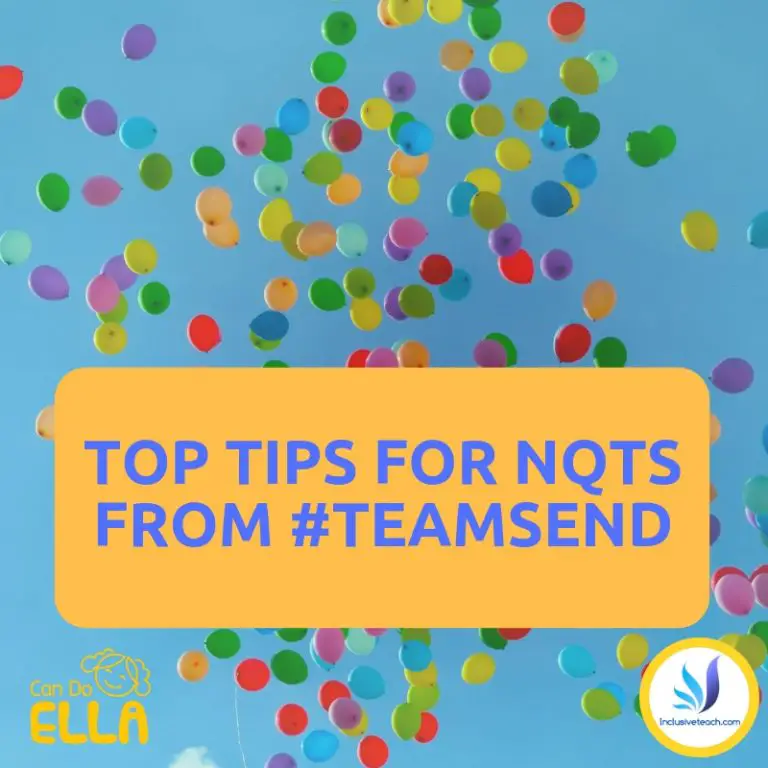
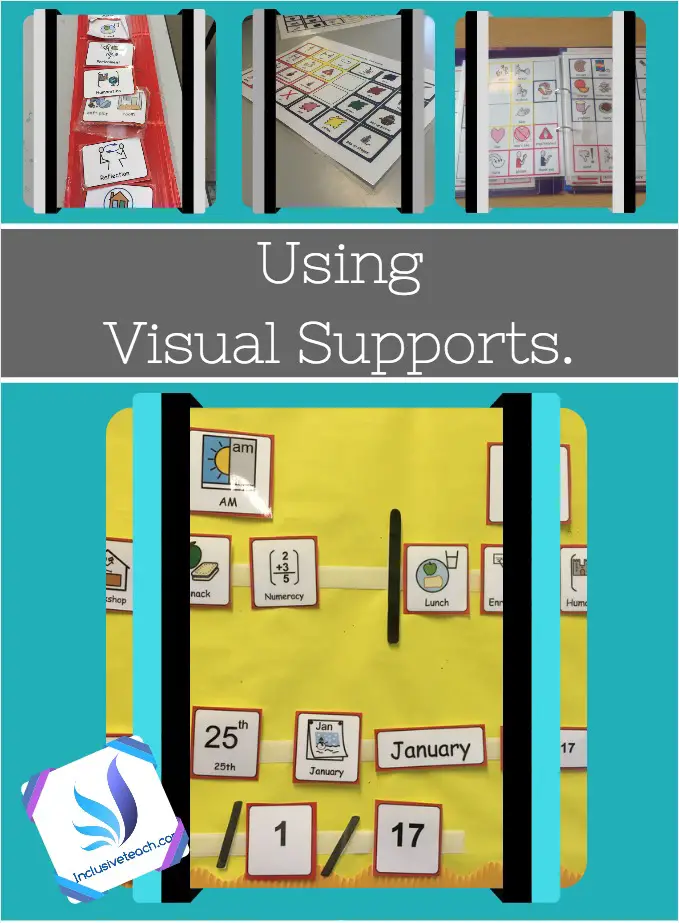

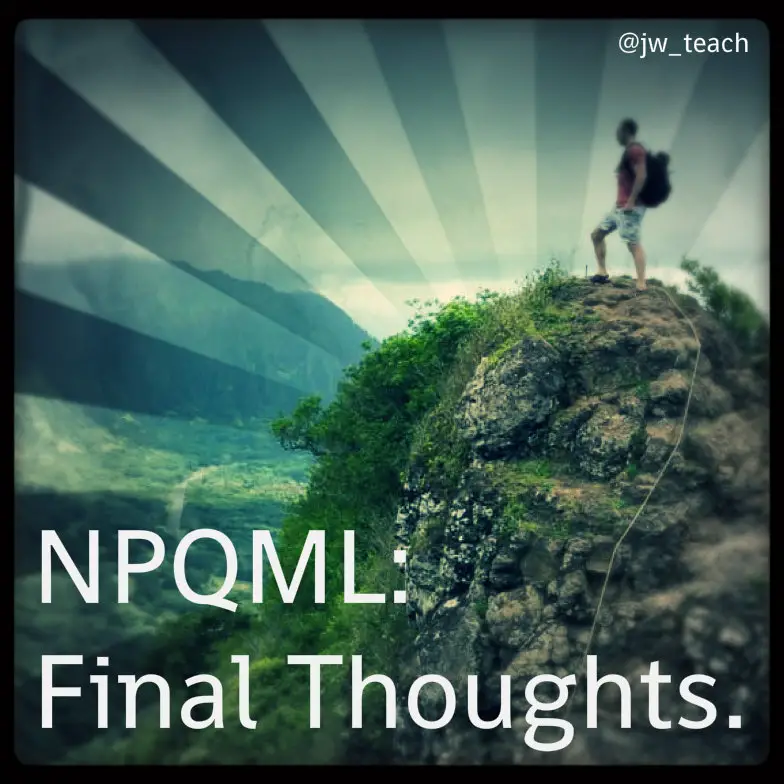

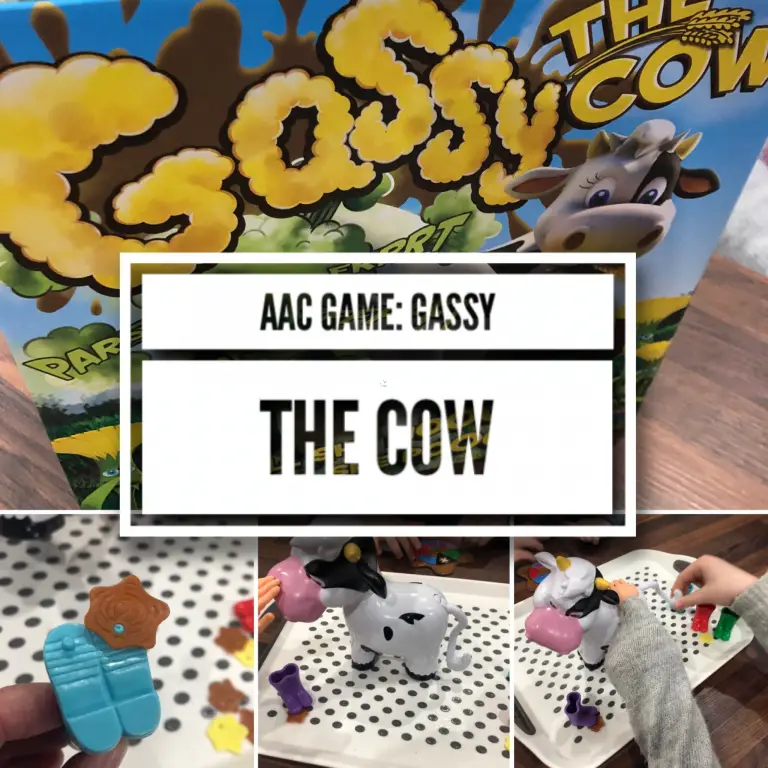
2 Comments